Accepted Scientific Name: Cheiridopsis derenbergiana Schwantes
Möller's deutsche gärtner-zeitung 42: 158 1927 Möller
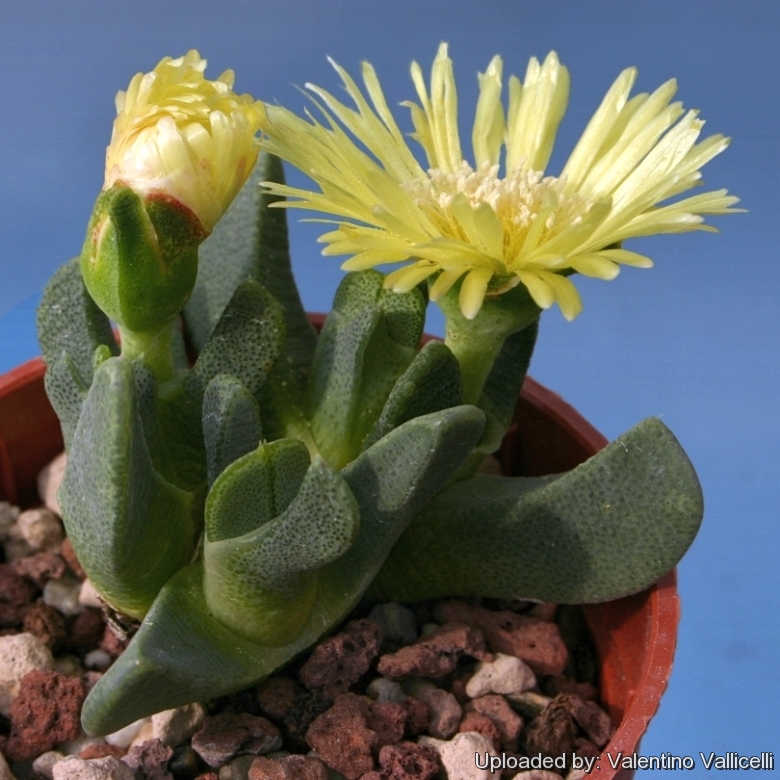
Cheiridopsis subaequalis Photo by: Valentino Vallicelli
Elegant miniature plant with slender leaves and pale green-yellow.
Origin and Habitat: Namaqualand, southafrica.
Habitat: Granitic or quartzitic slopes 300-600 m altitude, winter rainfall 100-200mm p.a.
Synonyms:
See all synonyms of Cheiridopsis derenbergiana
back
Accepted name in llifle Database:Cheiridopsis derenbergiana SchwantesMöller's deutsche gärtner-zeitung 42: 158 1927Synonymy: 12
back
Description: Compact highly branched cushion forming leaf succulent.
Stems: Very short with only 2 or 4 leaves.
Leaves: Slender with many dots each up 2 cm long, sligly different in sizes or shapes, only a little mucronate, smooth keel, numerous elevation at the tip of the leaves, long papillae on the shorter leaves.
Flowers: Pale yellow/green up to 6 cm in diameter.
Remarks: Cheiridopsis are dormant in summer.
Subspecies, varieties, forms and cultivars of plants belonging to the Cheiridopsis derenbergiana group
Bibliography: Major references and further lectures.
1) Heidrun E. K. Hartmann “Aizoaceae F-Z” Springer, 2002
2) James Cullen, Sabina G. Knees, H. Suzanne Cubey “The European Garden Flora Flowering Plants: A Manual for the Identification of Plants Cultivated in Europe, Both Out-of-Doors and Under Glass - Casuarinaceae to Aristolochiaceae” Cambridge University Press, 11/ago/2011
3) Hermann Jacobsen, Vera Higgins “Succulent Plants: Description, Cultivation and Uses of Succulent Plants, Other Than Cacti” Williams and Norgate, Limited, 1935
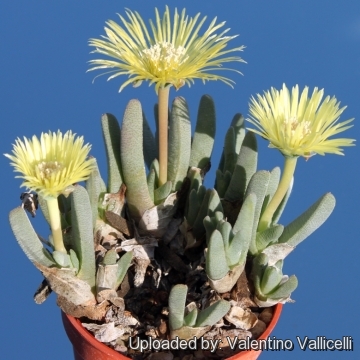 Cheiridopsis subaequalis Photo by: Valentino Vallicelli
Cheiridopsis subaequalis Photo by: Valentino Vallicelli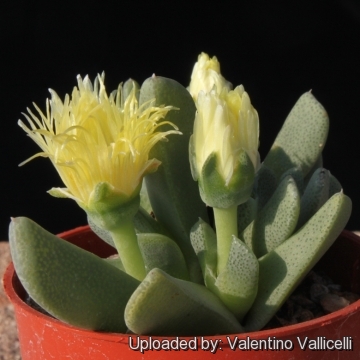 Cheiridopsis subaequalis Photo by: Valentino Vallicelli
Cheiridopsis subaequalis Photo by: Valentino Vallicelli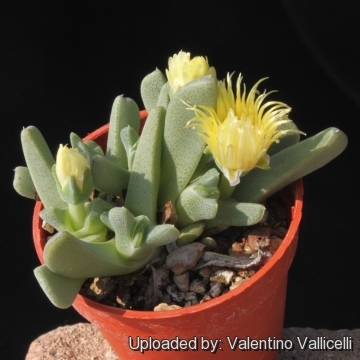 Cheiridopsis subaequalis Photo by: Valentino Vallicelli
Cheiridopsis subaequalis Photo by: Valentino Vallicelli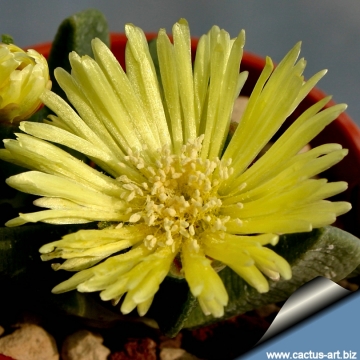 Cheiridopsis subaequalis Photo by: Cactus Art
Cheiridopsis subaequalis Photo by: Cactus Art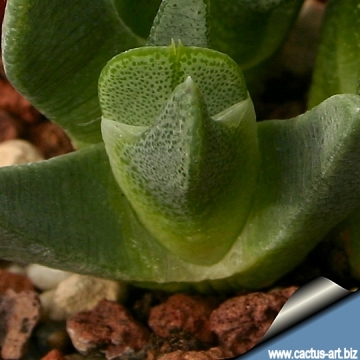 Cheiridopsis subaequalis Photo by: Cactus Art
Cheiridopsis subaequalis Photo by: Cactus Art Cheiridopsis subaequalis Photo by: Valentino Vallicelli
Cheiridopsis subaequalis Photo by: Valentino VallicelliCultivation and Propagation: The Cheiridopsis subaequalisSN|22104]]SN|22104]] is a "winter" grower which is most active from late winter until later spring and heading for summer dormancy, but in favourable growing conditions it keeps going over the summer too and doesn't need particular care.
Soil: Requires good drainage as it it is prone to root rot. It can grows outdoor in sunny, dry, rock crevices (protection against winter wet is required) It can also be cultivated in alpine house, in poor, drained soil.
Fertilization: It thrives in poor soils and seems sensitive to an excess of potassium.
Watering: Water minimally in summer, only when the plant starts shrivelling, water more abundantly when they are growing in the autumn and spring. Requires little water otherwise its epidermis breaks (resulting in unsightly scars).
Light: It needs a bright sunny or light shade exposure in winter, but keep cool and shaded in summer.
Hardiness: It prefer a very bright situation and will take a light frost (Hardy to -5°C) if it is in dry soil. USDA zones 9A – 11.
Uses: Container, rock garden.
Propagation: Seed in spring or cuttings. It is easily propagated by seed.
More...
















